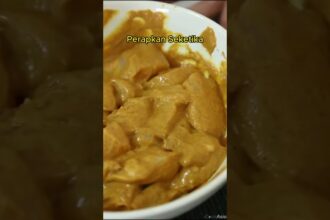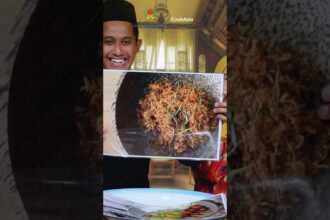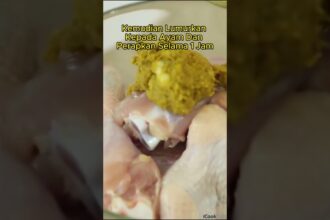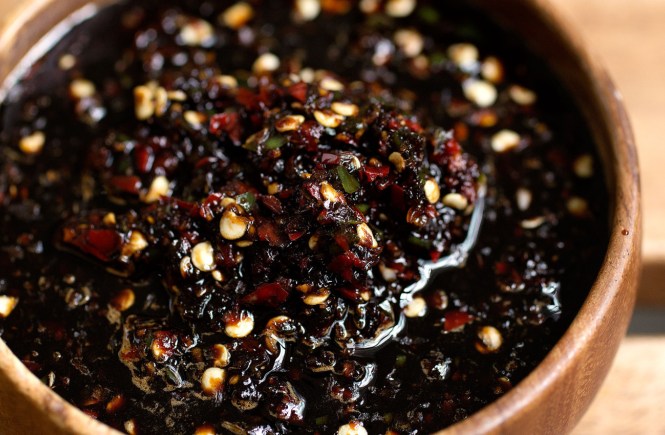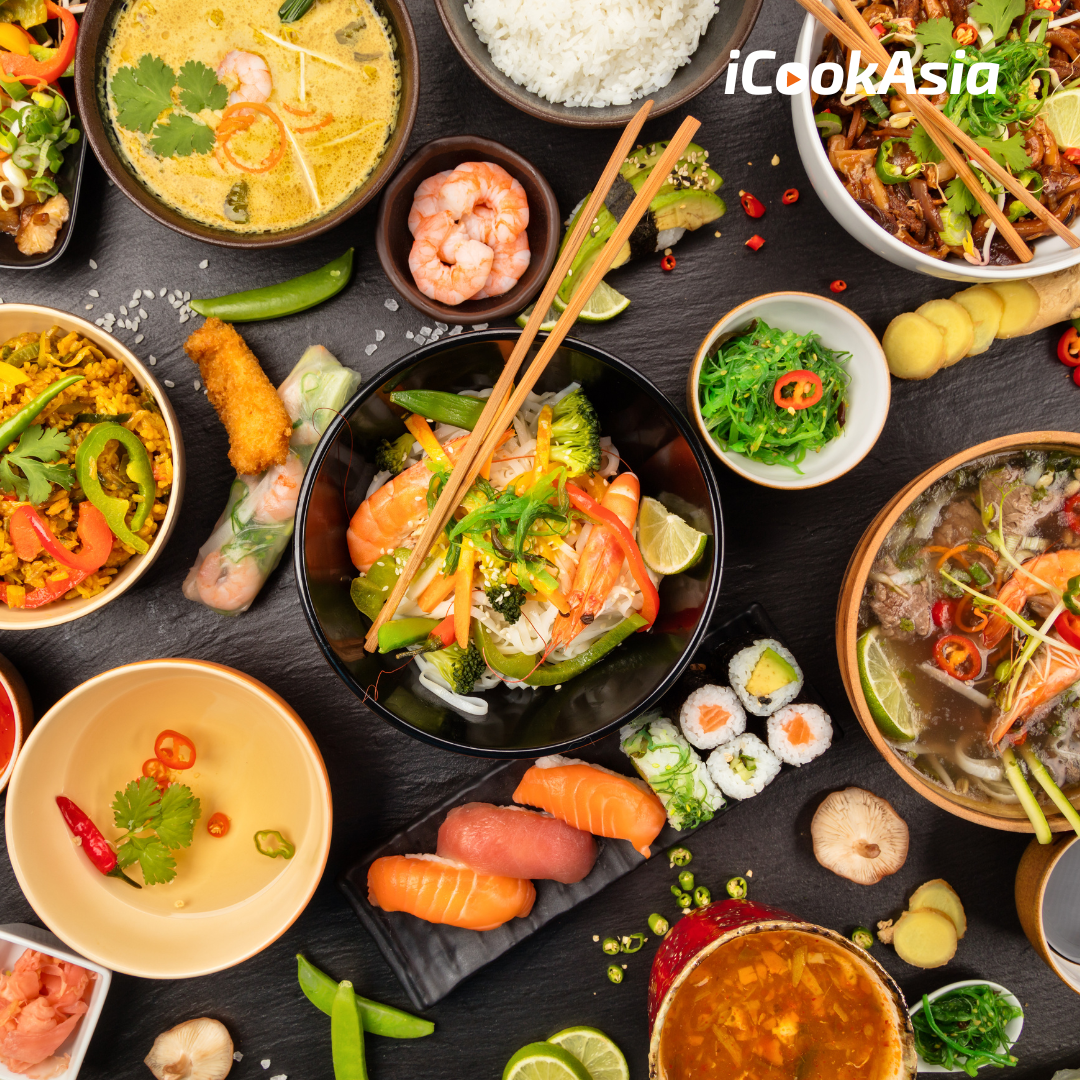A meal in Malaysia would not be complete without a side of sambal. There’s even a saying that states that a meal with a side of sambal is better as it stimulates your appetite.
Here is our pick of the top favourite Malaysian sambal.
1. Sambal Belacan
No sambal belacan, no oomph.
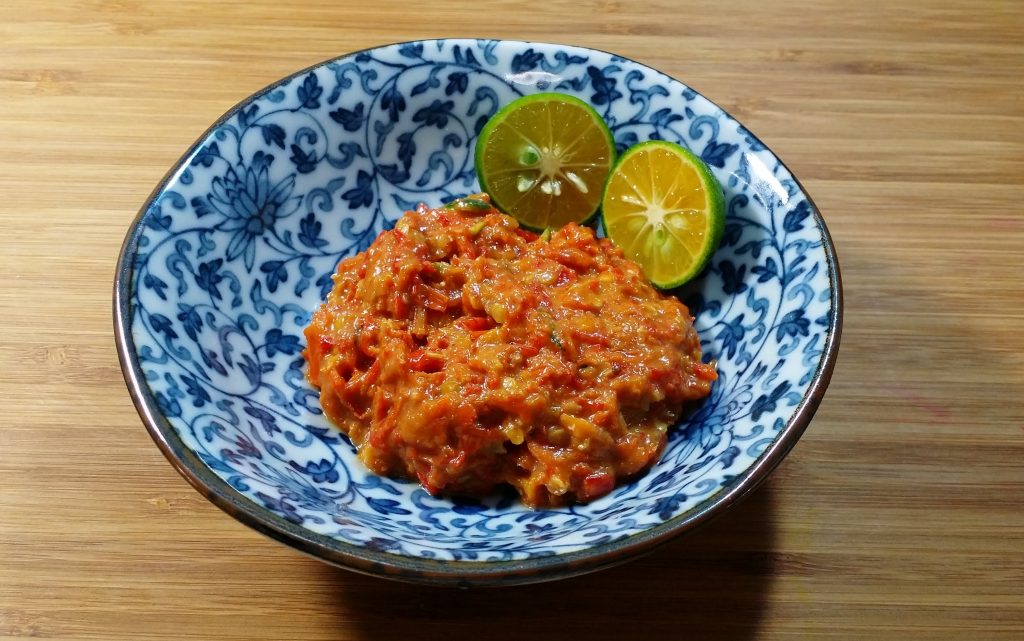
Sambal belacan is a mixture of chili, belacan, lime and other ingredients. The most important ingredient in the sambal belacan is the belacan itself. Belacan is made from fresh tiny shrimp called ‘geragau’ that has been mixed with salt and fermented. It is quite pungent but it truly makes the dish.
Check out the recipe video:
2. Gesek Sambal
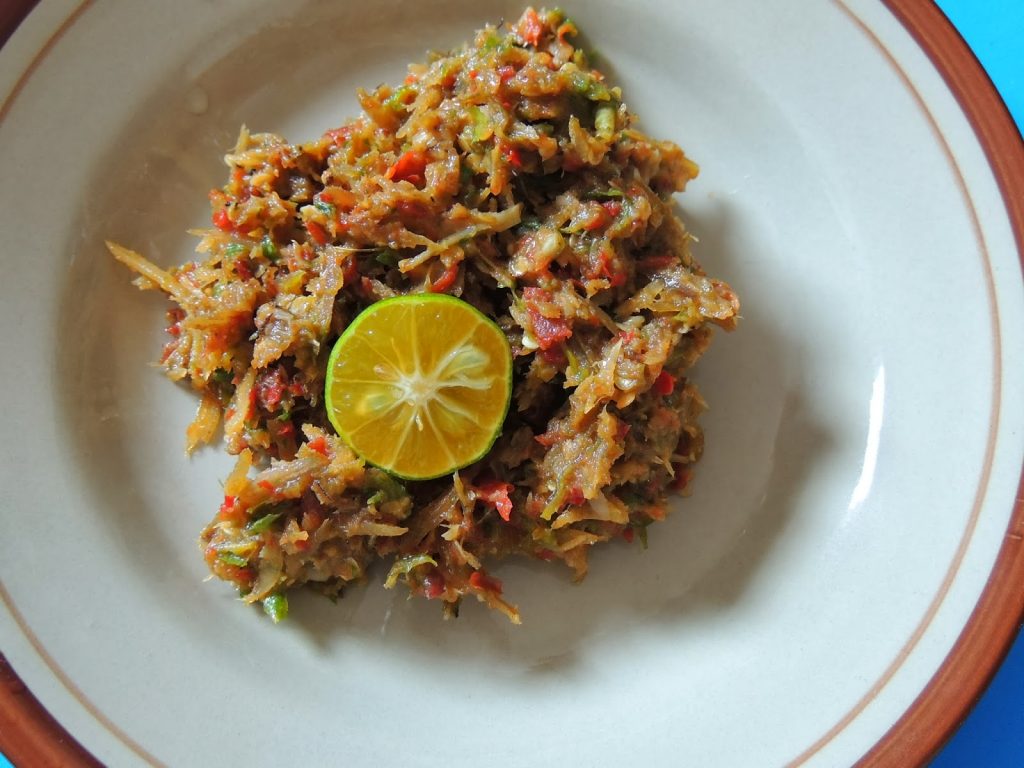
This sambal is famous in Negeri Sembilan. It uses a technique called ‘gesek’ to crush all the ingredients. The ingredients for the sambal includes bird eye chillies, anchovies, onion, garlic, sugar and salt. After all the ingredients are pounded, it is fried on low heat until it becomes crispy.
This sambal is best serve with hot rice, masak lemak cili api and fried fish.
Check out the recipe video:
3. Cencaluk
Don’t let the way it looks bother you. It’s actually super tasty.
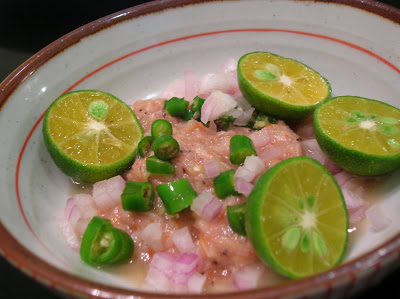
Originating from Malacca, cencaluk is made from tiny shrimps called ‘geragau’. To ensure that the cencaluk tastes perfect, every step in the process must be done properly. The cencaluk must be fermented for at least 2 weeks.
It’s usually served as a condiment, alongside cut chillies, shallots and lime juice.
Check out the recipe video:
4. Sambal Kacang
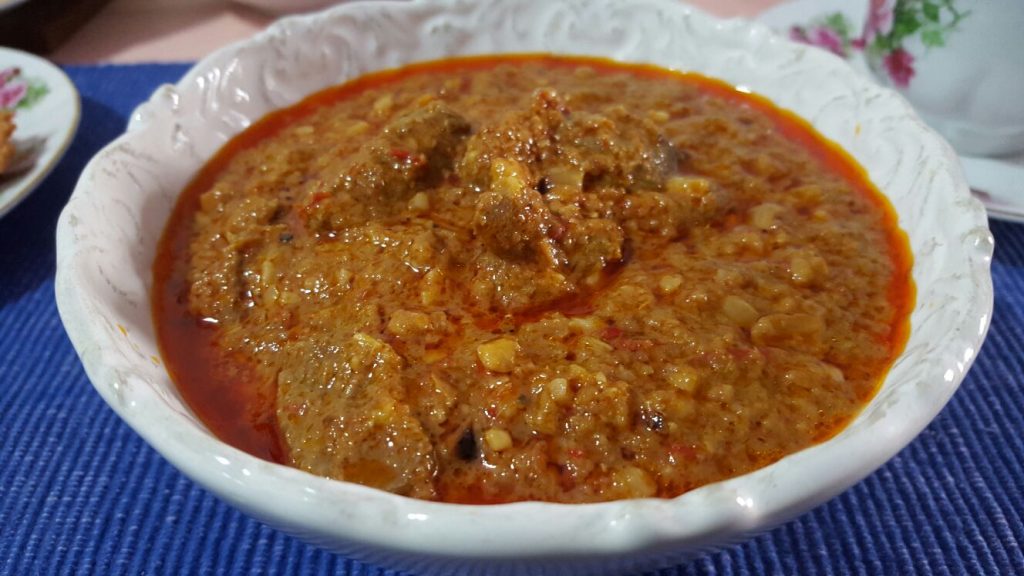
This sambal isn’t only well-known in Malaysia but is also used in Indonesia, Singapore, South India and even the Netherlands! To make this sambal, all you need is crushed peanuts, garlic, shallots, dried chillies and lemongrass.
Sambal kacang is best served with satay or as the dipping sauce for ketupat and lontong. You can even pour it over steamed mixed vegetables a la Gado Gado.
Check out the recipe video:
5. Sambal Tempoyak
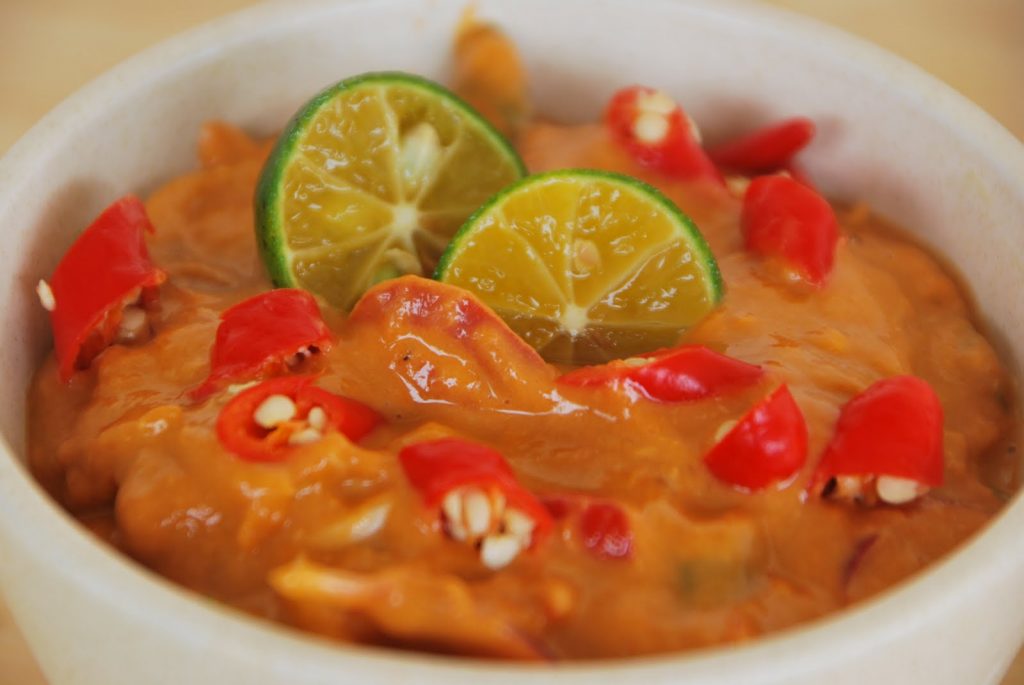
A durian lover’s dream!
Tempoyak is essentially fermented durian. It was originally created to make use of overripe or lower quality durians and preserve them throughout the months after durian season. To make the sambal tempoyak, just add in chilli and salt. Serve it with white rice, vegetables and fried fish and you’ve got a hearty meal!
Check out the recipe video:
6. Sambal Kicap
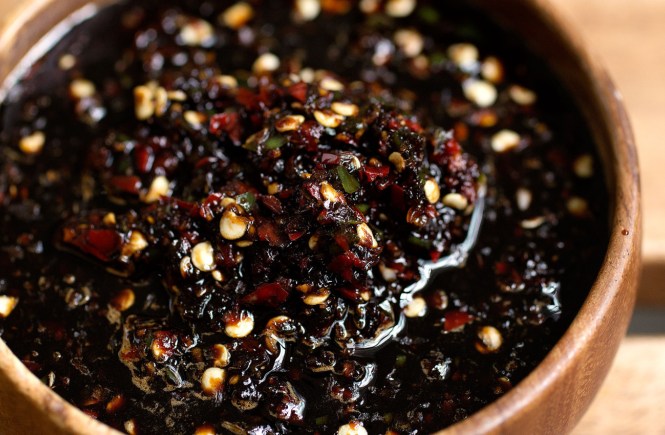
A very simple sambal to make. The ingredients are only chillies and soy sauce (kicap). Add in garlic and sugar if you want that extra flavour. Sambal kicap is a must have for dishes like grilled fish and chicken. In Johor, it is even used as Pisang Goreng (banana fritter) dip for an extra kick.Check out this Pisang Goreng and Sambal Kicap video:
7. Sambal Hijau
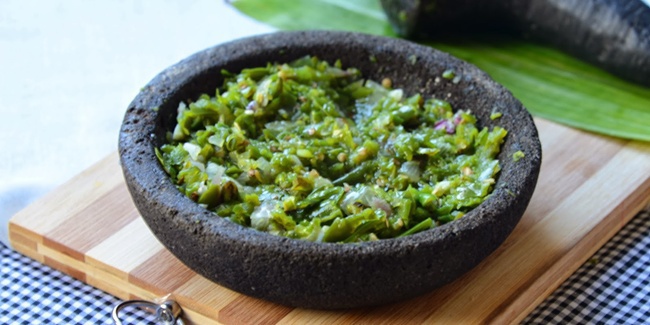
It literally translates into ‘green sambal’. Originating from West Sumatra, Indonesia; sambal hijau is usually eaten with Nasi Padang. Although the colour is intimidating, sambal hijau isn’t so spicy. It consists of green chillies, tomatoes, onion, garlic and salt.
8. Sambal Hitam Pahang
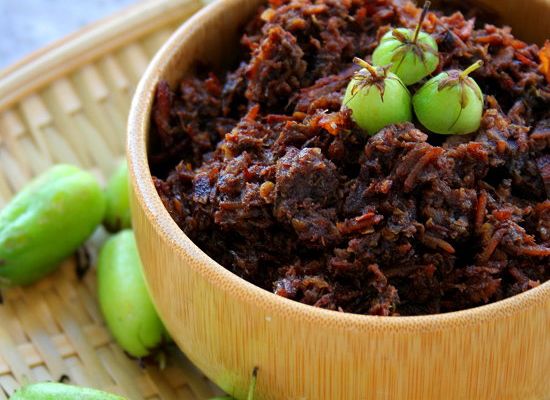
Sambal Hitam Pahang is a traditional sambal from Pahang. A mix of bilimbi (belimbing buluh), bird’s eye child and anchovies, its unique colour comes from the belimbi that is simmered without water for up to 8 hours. Crisp to the crunch and tangy to the tongue, this sambal is perfect with a bowl of noodles or plain ol’ rice.
Check out the recipe video:
9. Budu

Incredibly popular in Kelantan, Budu is a mix of anchovies and salt. The budu is fermented for at least 140 days to get the right flavour. Add chilli, shallots and lime juice to make it even better.
Fun fact: Budu was declared a Malaysian heritage food by the Malaysian Department of National Heritage.
Cool huh!
Check out the recipe video:
10. Air Asam

Tangy and spicy, Air Asam is a mix of chilli pepper, bird’s eye chillies, tomatoes, onions, tamarind, shrimp paste and salt. All you need to do to prepare it is mix everything together and let it sit for at least 30 minutes.
In Kedah, it is usually served with the famous Nasi Dagang. However, it is also best served with steamed fish, grilled fish or beef.

